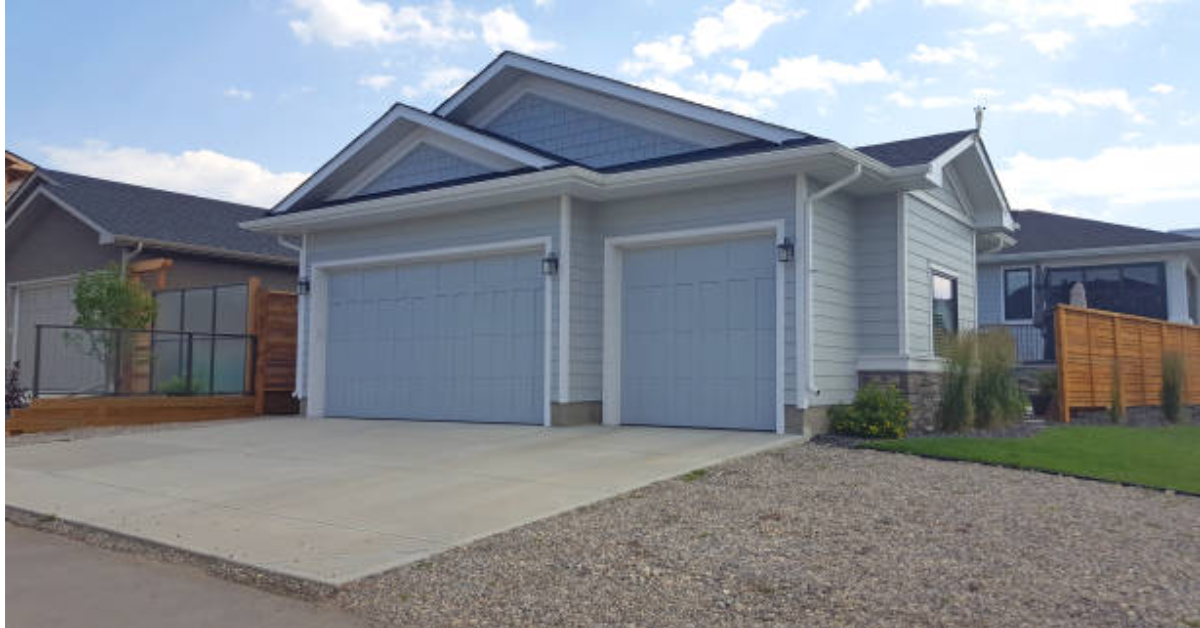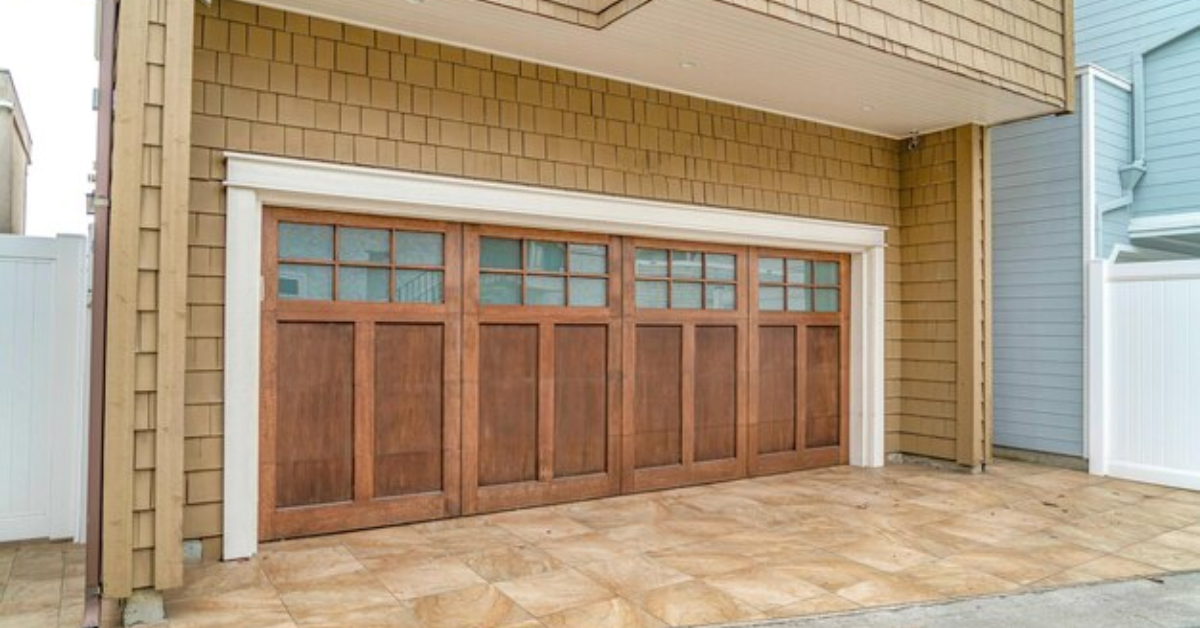How To Hang A Roll Up Garage Door
Roll-up garage doors are a popular choice for homeowners due to their space-saving design, durability, and ease of operation. Proper installation is crucial to ensure the door operates smoothly and safely. While the process can seem intimidating, following a step-by-step guide can help you hang a roll-up garage door with ease. Here’s how to do it, along with essential tips to ensure your garage door functions efficiently for years to come.
Tools and Materials Needed
Before you begin, gather the necessary tools and materials:
- Roll-up garage door kit
- Drill with appropriate bits
- Screwdrivers
- Measuring tape
- Level
- Wrenches
- Ladder
- Safety gloves and goggles
Step 1: Prepare the Garage Opening
Start by ensuring the garage opening is ready for the installation:
- Measure the Opening: Use a measuring tape to confirm the door size matches the garage opening dimensions. Check the width, height, and depth.
- Clean the Area: Remove any debris or obstructions from the garage floor and walls.
- Inspect the Frame: Verify that the frame is level and sturdy. Repair or reinforce it if needed to support the weight of the door.
Step 2: Assemble the Roll-Up Door
Most roll-up garage doors come in kits with pre-assembled parts. Carefully follow the manufacturer’s instructions to assemble the door components:
- Lay the door sections on a flat surface, ensuring they are aligned.
- Attach the horizontal tracks to the door panels, securing them with the provided hardware.
- Assemble the vertical tracks separately.
Step 3: Install the Tracks
Proper track installation is essential for smooth door operation:
- Attach Vertical Tracks: Position the vertical tracks on either side of the garage opening, aligning them with the frame. Use a level to ensure they are straight before securing them with screws or bolts.
- Install Horizontal Tracks: Connect the horizontal tracks to the vertical ones, ensuring they form a seamless path for the door. Use a level to confirm proper alignment.
- Secure the Tracks: Tighten all screws and bolts to prevent loosening during operation.
Step 4: Mount the Door
Now that the tracks are in place, it’s time to hang the roll-up door:
- With assistance, lift the door into position, ensuring it aligns with the tracks.
- Insert the rollers into the tracks, starting from the bottom and working your way up.
- Secure the door panels to the tracks using the provided fasteners.
Step 5: Install the Spring System
The spring system is critical for balancing the door and ensuring smooth operation:
- Attach the Torsion Spring: Follow the manufacturer’s instructions to connect the torsion spring to the door. This step requires precision, as incorrect installation can affect the door’s functionality.
- Tighten the Spring: Adjust the spring tension using a wrench. Ensure it’s tight enough to support the door’s weight but not overly strained.
Step 6: Install the Garage Door Opener (Optional)
If your roll-up garage door is motorized, you’ll need to install the opener:
- Mount the opener unit to the ceiling, ensuring it’s aligned with the center of the door.
- Attach the opener arm to the door and connect it to the unit.
- Test the opener to ensure smooth and responsive operation.
Step 7: Test the Door
Before considering the installation complete, thoroughly test the door:
- Open and close the door manually to check for smooth movement along the tracks.
- Inspect the alignment of the tracks and make adjustments if necessary.
- If the door is motorized, test the opener to confirm it operates efficiently.
Maintenance Tips for Long-Term Performance
- Lubricate Moving Parts: Regularly apply lubricant to the tracks, rollers, and hinges to minimize wear and reduce noise.
- Check for Wear and Tear: Inspect the door and tracks periodically for signs of damage, such as rust or loose bolts.
- Clean the Tracks: Remove dirt and debris from the tracks to prevent obstructions.
Safety Precautions
- Always wear safety gloves and goggles during installation to protect against injuries.
- Avoid over-tightening bolts or springs, as this can compromise the door’s functionality.
- Seek assistance when lifting heavy components to prevent strain or accidents.
Final Thoughts
Hanging a roll-up garage door may seem challenging, but with the right tools, preparation, and guidance, it can be a straightforward process. Proper installation ensures smooth operation, enhances the door’s lifespan, and improves the overall safety of your garage.
Whether you’re installing a new door or replacing an old one, following these steps will help you achieve a professional-quality result. If you’re unsure about any aspect of the installation, consider consulting a professional to ensure your garage door is installed correctly and safely.




